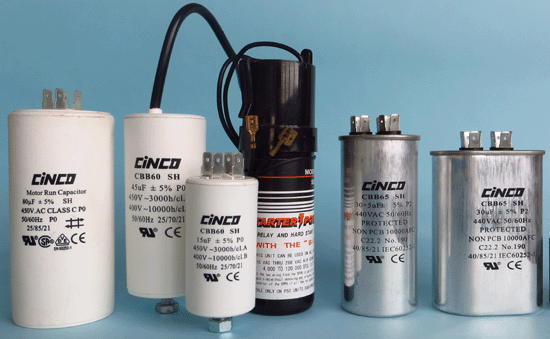Do you know the capacitor history?

there have two edition of capacitor history:
The first one:
The invention of the capacitor varies somewhat depending on who you ask. There are records that indicate a German scientist named Ewald Georg von Kleist invented the capacitor in November 1745. Several months later Pieter van Musschenbroek, a Dutch professor at the University of Leyden came up with a very similar device in the form of the Leyden jar, which is typically credited as the first capacitor. Since Kleist didn’t have detailed records and notes, nor the notoriety of his Dutch counterpart, he’s often overlooked as a contributor to the capacitor’s evolution. However, over the years, both have been given equal credit as it was established that their research was independent of each other and merely a scientific coincidence .
The Leyden jar was a very simple device. It consisted of a glass jar, half filled with water and lined inside and out with metal foil. The glass acted as the dielectric, although it was thought for a time that water was the key ingredient. There was usually a metal wire or chain driven through a cork in the top of the jar. The chain was then hooked to something that would deliver a charge, most likely a hand-cranked static generator. Once delivered, the jar would hold two equal but opposite charges in equilibrium until they were connected with a wire, producing a slight spark or shock .
Benjamin Franklin worked with the Leyden jar in his experiments with electricity and soon found that a flat piece of glass worked as well as the jar model, prompting him to develop the flat capacitor, or Franklin square. Years later, English chemist Michael Faraday would pioneer the first practical applications for the capacitor in trying to store unused electrons from his experiments. This led to the first usable capacitor, made from large oil barrels. Faraday’s progress with capacitors is what eventually enabled us to deliver electric power over great distances. As a result of Faraday’s achievements in the field of electricity, the unit of measurement for capacitors, or capacitance, became known as the farad.
The size of a capacitor is measured in units called farads (F), named for English electrical pioneer Michael Faraday (1791–1867). One farad is a huge amount of capacitance so, in practice, most of the capacitors we come across are just fractions of a farad—typically microfarads (thousandths of a farad, written μF), nanofarads (thousand-millionths of a farad written nF), and picofarads (million millionths of a farad, written pF). Supercapacitors store far bigger charges, sometimes rated in thousands of farads.
The second:
William Gilbert (English, 1600) experimented with magnetism and frictional electricity. He called the force between two objects charged by friction electric. Gilbert distinguished magnetism from electricity. He noted that magnetism aligns objects relative to each other while electricity causes objects to attract or repel each other. More importantly he observed that the magnetic force is practically unaffected by matter separating the objects under observation, but the electric force is greatly affected by matter between the objects.
Stephen Gray (English) discovered electrical conductors in 1729 and Charles Dufay (French) first expressed the idea of a repulsive electric force in 1733. Ben Franklin (Colonial American Statesman) was the first to use “+” and “-” for the two types of electric force, attraction (positive) and repulsion (negative). He espoused the law of conservation of charge within a region.
In 1745 the Leyden jar, the first capacitor, was discovered by Ewald Georg von Kleist, a German inventor. A Dutch physicist Pieter van Musschenbroek of the University of Leyden also discovered the Leyden jar independently in 1746.
The first Leyden jar was a glass jar partially filled with water and stoppered with a cork that had a wire inserted through the center of it that dipped into the water. The wire is brought into contact with a static electricity producer and the jar is thus charged. A conductor that comes into contact with or comes close to the wire will discharge the Leyden jar.
Currently, the Leyden jar is a glass jar with a metal foil coating on the inside and the outside. A metal rod is passed through an insulating stopper in the mouth of the jar and is brought into contact with the inside foil coating. The Leyden jar is charged by charging the inside coating either positively or negatively and charging the outside coating with the opposite charge simultaneously. If the two coatings are connected by a conductor, the jar will discharge.
Tags: motor run capacitor


